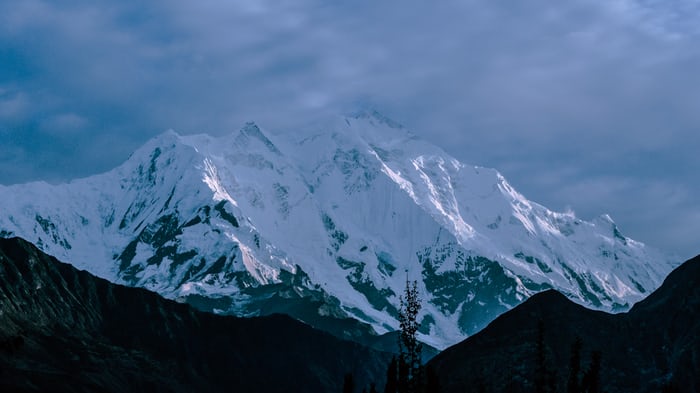Pakistan Regains Status as Favored Tourist Destination
Improved security control in face of terrorism allows focus on country’s stunning beauty, cultural diversity
[Islamabad] – In March 2019, Pakistan introduced an e-visa policy.
“Pakistan opening its doors to the world is the manifestation of the new confidence that the security situation has significantly changed and Pakistan is now quite secure,” Prime Minister Imran Khan said in an address at the inaugural ceremony.
After implementation of the policy, the number of tourists to Pakistan has increased significantly.
“Pakistan’s e-visa policy is open for the citizens of 175 countries,” Federal Minister Sheheryar Khan Afridi, who held the interior portfolio when the policy was introduced, and today oversees the Narcotics Ministry, told The Media Line. “Tourists seeking to obtain visas will be able to get it at their homes without visiting a Pakistani embassy or consulate.”
Afridi added that the system also facilitates a “visa on arrival” program for other nationals arriving as tourists.
“Foreign nationals of Indian origin are also allowed to avail themselves of the visa-on-arrival for religious tourism,” he noted.
“We removed cumbersome barriers of visa process so tourists across the globe can easily witness Pakistan’s stunning natural beauty,” Afridi continued. “To attract more tourists, the government also abolished the ‘No Objection Certificate,’ which had been required for foreigners to move around freely and enjoy every corner of Pakistan.”
Pakistan’s Ministry of Tourism was dissolved in 2012 after a constitutional amendment, its authority being transferred to the Pakistan Tourism Development Corporation (PTDC), whose principal objective is to develop and promote tourism in the country.
The PTDC operates several hotels and motels at unique and far-off places in northern Pakistan, as well as a few in the South. Meanwhile, scores of private hotels are available in these areas, some being rated with two stars and some with three. Five-star hotels are available in Muree, Muzzaferabad and other destinations such as Quetta, Peshawar, Lahore, Naraan, Kaghaan, Kalaam and Karachi.
“According to the available data in 2017, about 2.5 million foreigners traveled into Pakistan, while in 2018, 3.2 million foreigners traveled into Pakistan. This significant increase in foreign travelers indicates that the country’s security situation is much [more] stable and secure,” Rana Mukhtar, manager of media relations for the PTDC, told The Media Line. “Foreign tourists, particularly western people, have been on hiking, climbing and trekking expeditions in Pakistan’s Northern Areas.”
The PTDC media manager further explained that there were only three airlines operating internally, with the mostly state-owned Pakistan International Airlines (PIA), the national flag carrier, maintaining the leading share, followed by Airblue and Serene Air, which are private companies.
“The northern, hilly destinations are mainly connected via road infrastructure,” Mukhtar told The Media Line. “PTDC operates a comfortable bus service from Rawalpindi to northern areas. The majority of tourists usually travel by [individual] vehicles.”
In 2018, the British Back-Packers Society ranked Pakistan among its top 20 travel destinations.
“The northern, hilly destinations are mainly connected via road infrastructure,” Mukhtar told The Media Line. “PTDC operates a comfortable bus service from Rawalpindi to northern areas. The majority of tourists usually travel by [individual] vehicles.”
In 2018, the British Back-Packers Society ranked Pakistan among its top 20 travel destinations.

















No comments:
Post a Comment